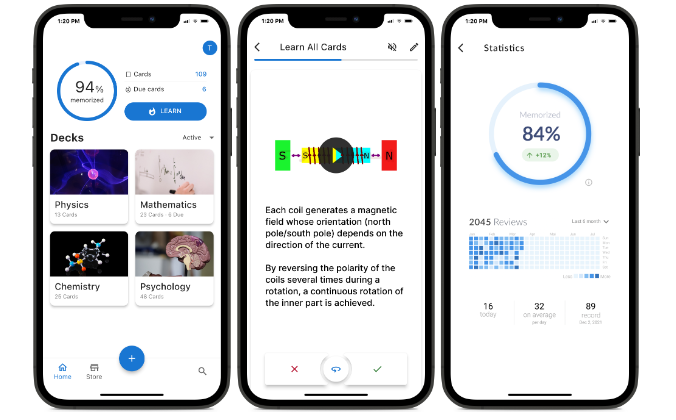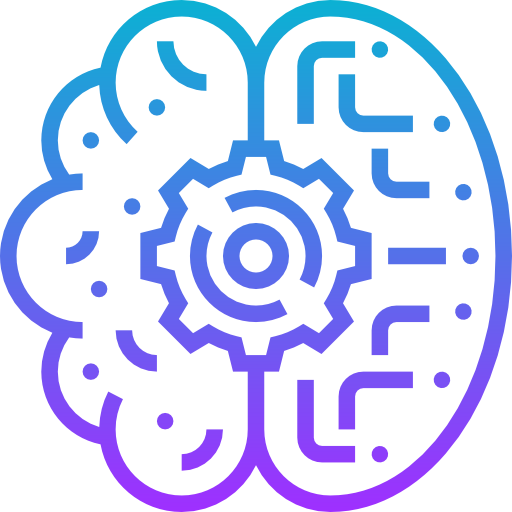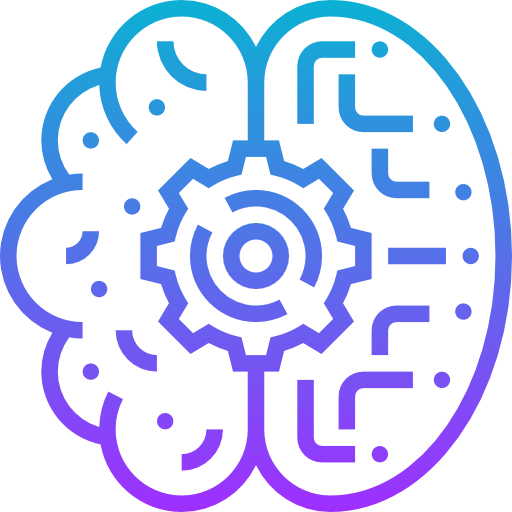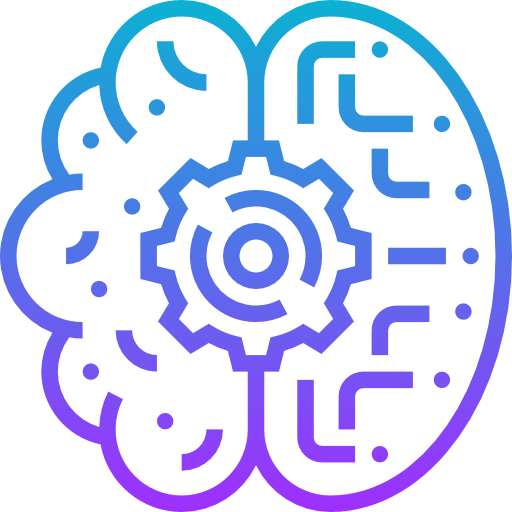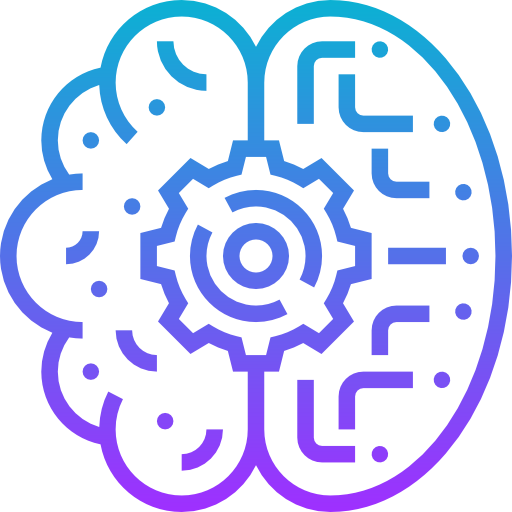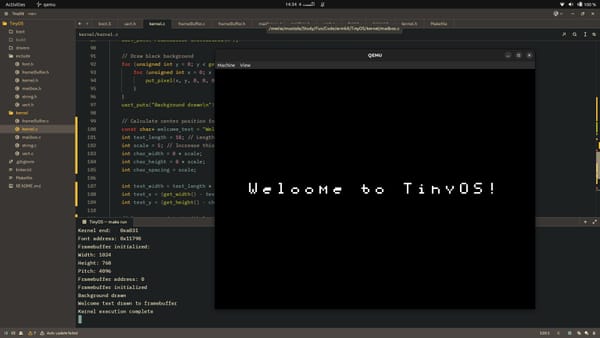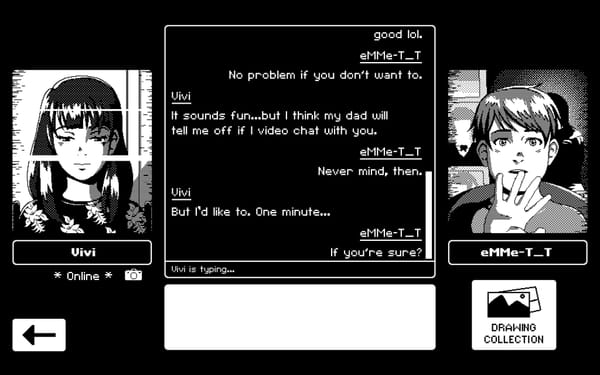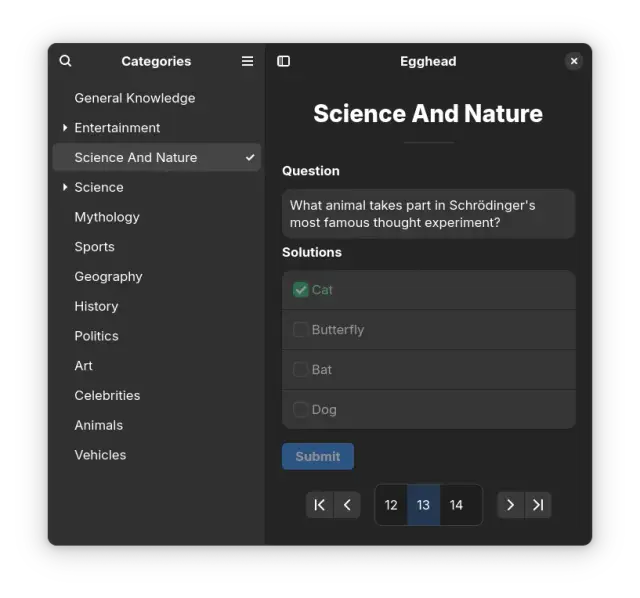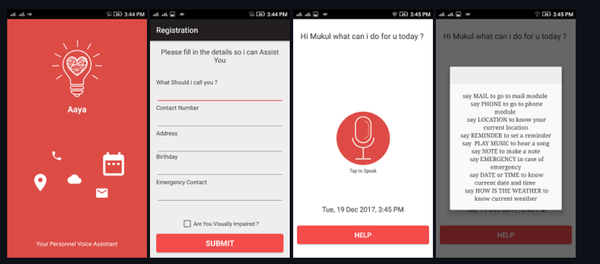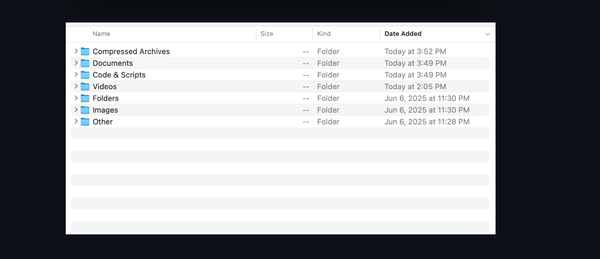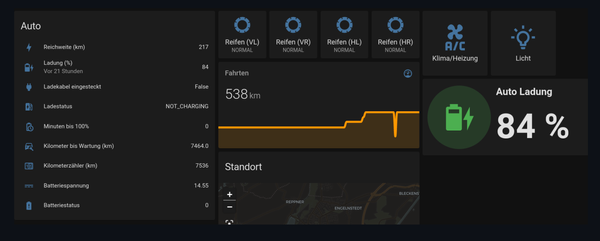Education in The Age of AI: Cheating the System with AI: How NOT to Use It for Studying!
Table of Content
Let me start by saying this—I’m not anti-AI. I love tech, and as a doctor turned self-taught developer, I’ve seen firsthand how powerful tools like AI can be. But recently, I came across something that made me pause. A student posted a video explaining her “workflow” to minimize study time using AI.
She summarized videos, lectures, and slides into bullet points, created flashcards, quizzes, and voilà—she had all the material she needed in no time. High scores, less effort. Sounds great, right? Wrong.
Here’s the thing: what she described isn’t just lazy—it’s cheating yourself out of real learning. And trust me, I’ve been there. I’ve experimented on myself and my students multiple times. If you focus only on memorizing answers or relying on AI-generated summaries without digging deeper, you’re missing out big time.
Sure, you might ace the test, but when it comes to applying that knowledge later—whether diagnosing patients, solving coding problems, or even understanding life—you’ll come up short.
Why Study Notes Matter
When I was studying medicine, one of the most valuable things I learned wasn’t anatomy or pharmacology—it was how to learn. Writing your own notes forces your brain to process information actively. It helps you connect dots, form logical relationships between concepts, and deepen your understanding. It’s like building a mental map where everything clicks together. Without doing that work yourself, your knowledge is shallow at best.
Think about it this way: our brains are like birds. If we don’t cage them with our own thoughts, interpretations, and connections, they’ll fly away. Relying on pre-made summaries from AI feels like borrowing someone else’s birdhouse—it works temporarily, but eventually, the bird (your knowledge) will escape because it never truly belonged to you.
The Problem with Shortcut Learning
I get it. Life is busy. Who wouldn’t want to save time? But here’s the catch: learning isn’t just about passing exams; it’s about training your mind to think critically, solve problems, and adapt. When you skip the hard part—the struggle of figuring things out—you rob yourself of growth.
In my experience teaching students, those who relied solely on rote memorization or quick-fix methods often struggled later. They could answer questions verbatim, but ask them to apply their knowledge creatively, and they froze. That’s because they hadn’t built a solid foundation.
And let’s talk about developers for a second. Recently, I’ve noticed a trend among new coders using AI to “learn” frameworks instead of actually coding themselves. They feed prompts into ChatGPT or GitHub Copilot, copy-paste code snippets, and call it a day. Yes, they finish projects faster, but do they really understand what they’re doing? Most of the time, no.
This approach works fine... until it doesn’t. When bugs pop up or requirements change, these developers hit a wall because they didn’t take the time to grasp the underlying principles. It’s like trying to build a house without knowing how bricks fit together. Eventually, the whole thing collapses.
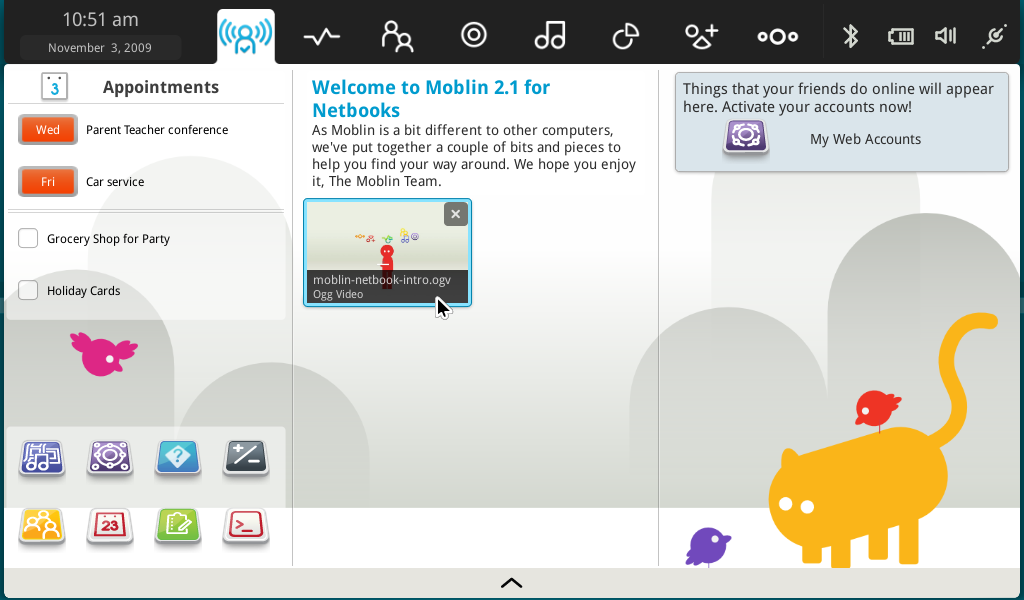
How to Use AI Wisely
Now, before you throw tomatoes at me, hear me out. AI is an incredible tool—if used correctly. Here’s how I recommend incorporating it into your learning journey:
- For Practice Questions: Flashcards and quizzes generated by AI? Absolutely. These are fantastic for testing your knowledge after you’ve already studied deeply. Just don’t rely on them exclusively.
- For Clarification: Stuck on a concept? Ask AI to explain it differently. Sometimes, hearing the same idea phrased another way can make all the difference.
- For Inspiration: As a developer, I’ve found AI helpful for brainstorming ideas or exploring alternative solutions. For example, if I’m stuck debugging a feature, asking AI for suggestions can spark new approaches.
- Not for Summaries: This is non-negotiable. Don’t use AI to summarize entire lectures or books for you. Do the heavy lifting yourself. Take notes. Struggle through complex topics. Wrestle with confusing parts. That’s where true learning happens.
- To Fill Gaps: If you’re diving into a new framework or language, AI can point you toward resources or highlight key concepts to focus on. But don’t stop there—go hands-on. Build something. Break it. Fix it. Repeat.
The Bigger Picture
Look, I know shortcuts are tempting. We live in a world obsessed with efficiency, instant gratification, and cutting corners. But here’s the truth: the harder path—the one where you invest time, energy, and effort—is always worth it.
As a doctor, I’ve seen colleagues breeze through medical school with minimal effort, only to realize years later that they lack the depth of understanding needed to excel. Similarly, I’ve watched developers crash and burn because they skipped the fundamentals in favor of quick wins.
On the flip side, those who embrace the grind—the ones who wrestle with tough concepts, challenge themselves daily, and refuse to settle for mediocrity—end up thriving. Their minds become sharper, their skills more versatile, and their confidence unshakable.
So, if you’re thinking about using AI to game the system, stop. Don’t cheat yourself out of the opportunity to grow. Instead, use AI as a supplement, not a crutch. Let it guide you, inspire you, and push you—but never replace the hard work that makes learning meaningful.
Because at the end of the day, it’s not just about getting good grades or finishing projects quickly. It’s about becoming better—smarter, stronger, and more capable. And that’s something no AI can do for you.
Trust me, your future self will thank you.
